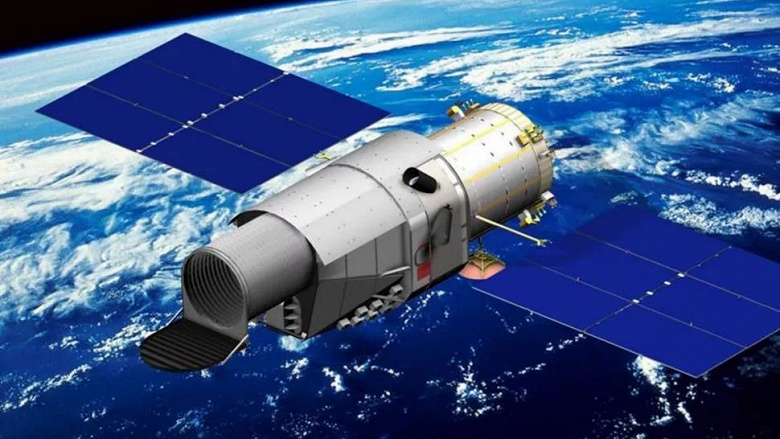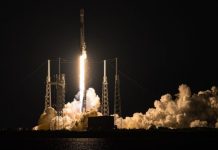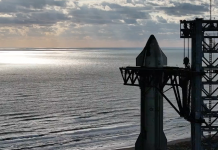The telescope will make breakthroughs in astronomy and raise China’s scientific research to the international level
The Xuntian telescope has become the most important scientific project since the launch of our country’s space station.
China is preparing a major project that will not only expand the nation’s astronomy research program but also increase the use of the country’s space station. The space telescope is called Xuntian, also known as the Chinese Survey Space Telescope, or Chinese Space Station Telescope (CSST). The name “Xuntian” can be translated as “study of the firmament”, or “exploration of the heavens”.

new Xuntian space telescope will surpass Hubble in astronomical research.
Scheduled for launch next year, the 2-meter CSST space telescope, about the size of a school bus, will share an orbit with China’s Tiangong space station, where Chinese astronauts can periodically retool the telescope itself. Its service life is expected to be 10 years, but the telescope’s operating time can be extended.
Xuntian is designed with the ambition to surpass the Hubble Space Telescope.
Lin Siqian, deputy director of the China Space Exploration Agency, said that the telescope is expected to make breakthroughs in cosmology, the study of dark matter and dark energy in our and nearby galaxies, star formation processes, and the study of exoplanets. These are very ambitious goals.
Lin said the telescope’s 2.5 billion-pixel camera will take high-resolution images to depths of up to 17,500 square degrees. The resolution will be about the same as Hubble, but its field of view will be more than 300 times wider. A telescope’s field of view is the area that the telescope can see at one time.
In an interview last year, Li Ran, a project scientist for CSST’s scientific data systems, used the analogy of taking pictures of a herd of sheep to explain CSST’s capabilities: “Hubble can see one sheep, but CSST can see thousands, all with the same resolution.”
The launch of Xuntian into Earth orbit is expected in 2024 using a Long March 5B rocket.




